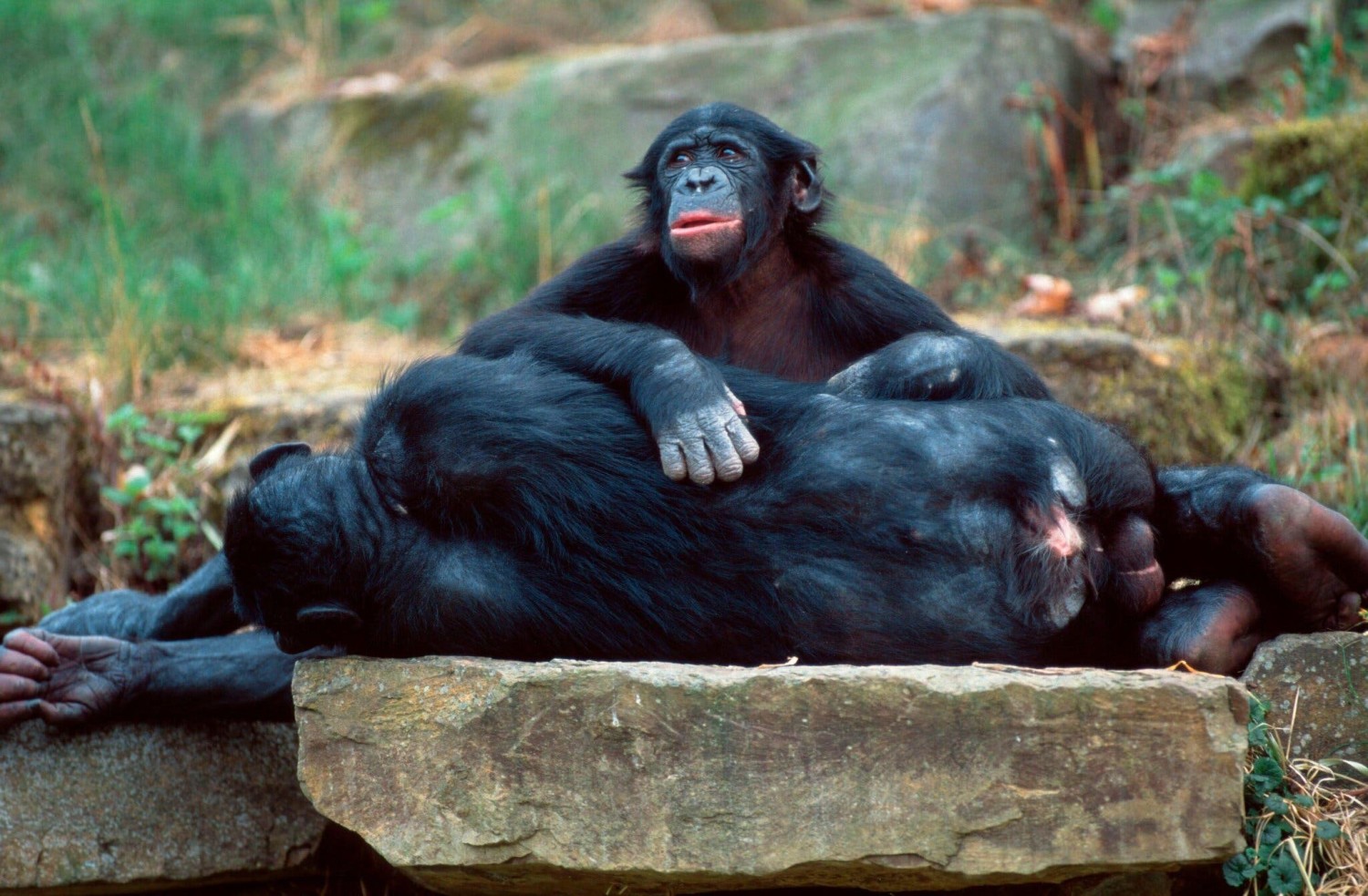
This article is more than
2 year oldSame-Sex Behavior Evolved in Many Mammals to Reduce Conflict, Study Suggests

In more than 1,500 animal species, from crickets and sea urchins to bottlenose dolphins and bonobos, scientists have observed sexual encounters between members of the same sex.
Some researchers have proposed that this behavior has existed since the dawn of the animal kingdom. But the authors of a new study of thousands of mammalian species paint a different picture, arguing that same-sex sexual behavior evolved when mammals started living in social groups. Although the behavior does not produce offspring to carry on the animals’ genes, it could offer other evolutionary advantages, such as smoothing over conflicts, the researchers proposed.
“It may contribute to establishing and maintaining positive social relationships,” said José Gómez, an evolutionary biologist at the Experimental Station of Arid Zones in Almería, Spain, and an author of the new study.
But Dr. Gómez cautioned that the study, published on Tuesday in the journal Nature Communications, could not shed much light on sexual orientation in humans. “The type of same-sex sexual behavior we have used in our analysis is so different from that observed in humans that our study is unable to provide an explanation for its expression today,” he said.
Read More (...)




